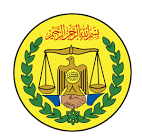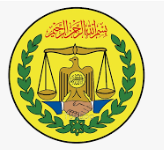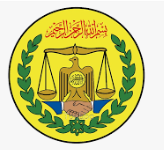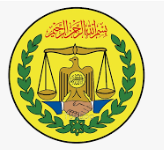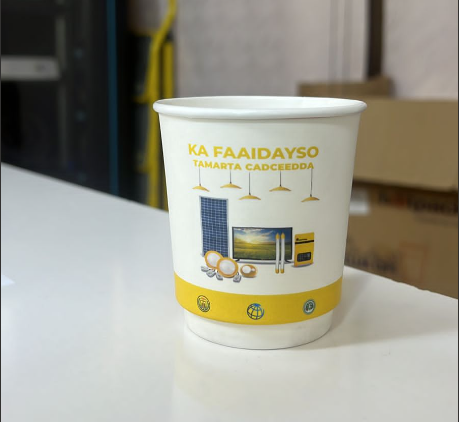
Consumer awareness campaign
Consumer awareness campaign
Brief of the progress and challenges
Project overview
The Scope of this assignment is to design, test, and implement an integrated consumer awareness and behaviour change campaign that will increase the household and institutional adoption and use of off-grid solar energy solutions. Regarding developing a broad communications and consumer marketing campaign to improve awareness, generate demand for household and community solar products. In addition, creating a set of consumer awareness materials supporting the campaign. The consumer awareness materials package included all necessary content to successfully conduct the campaign: Drama, videos, radio scripts, printed materials such as brochures, posters, leaflets, etc., and content for social media.
The achievements made thus far:
In general, the campaign has progressed well. An initial assessment was carried out to set up achievable benchmarks for the provision strategy. An inception report was developed to communicate the issues identified, strategic activities and deliverables.
Consultation activities were engaged to ensure that the Consumer awareness campaign and citizen engagement activities strategic planning becomes smooth. On the other hand, a secondary information was gathered, analyzed, and interpreted to inform the developed strategy. At the end of the second milestone, a comprehensive strategy was developed and shared with all relevant parties for quality assurance.
All communication channels and vendors to be used throughout the provision are identified. The awareness, Information/Education/Communication materials were developed, published and distributed. Outreach activities (Drama, Road side Cinema) were also developed and implemented.
Challenges
Current challenges observed which requires further resources
- Information demand in the remote and hard-to-reach areas is increasing
- The need for safety related information is on the rise (Wiring networks resulted fire [burning of Hargeisa])
- The need for encouraging local farmers and fishers to use Solar lighting (important for the livelihoods and income generation)
- The need for bridging information gaps related with solarization of health and education facilities in the rural areas.















